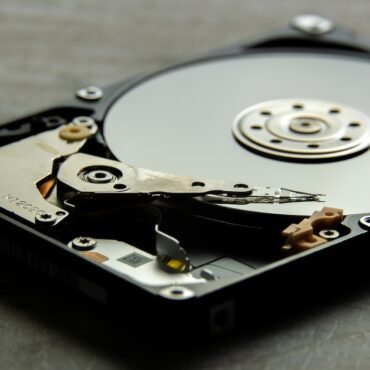Introduction
In today’s digital-first world, nearly every crime or dispute leaves behind a digital footprint. Whether it’s a deleted email, an encrypted chat, or metadata hidden inside a file, these digital traces often hold the key to solving complex cases. This is where digital forensics comes into play. By applying scientific methods to collect, preserve, and analyze electronic data, digital forensic experts provide vital evidence that supports investigations, prosecutions, and corporate decision-making.
What is Digital Forensics?
Digital forensics is the branch of forensic science focused on the identification, recovery, and examination of data stored in electronic devices. This includes computers, mobile phones, hard drives, cloud servers, IoT devices, and even drones. The goal is not just to retrieve information but to ensure that it is preserved in a way that maintains its authenticity and integrity so it can stand up in a court of law.
The Importance of Digital Forensics in Modern Investigations
-
Uncovering Hidden Evidence
Digital forensics can retrieve deleted files, recover encrypted data, and expose hidden activities. This often reveals evidence that suspects believed was permanently erased.
-
Supporting Law Enforcement
From cybercrimes like hacking and phishing to offline cases involving fraud or harassment, digital forensic experts provide crucial support to law enforcement agencies.
-
Corporate Investigations
Businesses rely on digital forensics to investigate insider threats, intellectual property theft, and data breaches. Quick recovery and analysis prevent further losses and strengthen compliance efforts.
-
Legal Proceedings
Courts demand reliable evidence. With a well-documented chain of custody, forensic reports serve as credible proof in disputes involving fraud, harassment, or contractual breaches.
-
Cybercrime and National Security
In cases involving terrorism, espionage, or ransomware attacks, digital forensics is indispensable in tracing threat actors and mitigating large-scale risks.
Key Techniques Used in Digital Forensics
-
Data Recovery: Extracting deleted or corrupted files from storage media.
-
Forensic Imaging: Creating exact replicas of drives to preserve original evidence.
-
Log and Timeline Analysis: Reconstructing events through digital footprints.
-
Email and Chat Analysis: Uncovering communication trails.
-
Malware Analysis: Identifying how malicious software infiltrates systems.
-
Cloud and Mobile Forensics: Examining smartphones, social media accounts, and cloud storage.
Real-World Applications
-
Financial Fraud: Forensic experts uncover fraudulent transactions and trace illicit money trails.
-
Cyberbullying and Harassment Cases: Investigators analyze social media and messaging apps to provide digital proof.
-
Corporate Data Breaches: Forensics pinpoints how hackers gained access and what data was compromised.
-
Criminal Investigations: From murder trials to kidnapping cases, smartphones and laptops often contain critical clues.
Best Practices for Effective Digital Forensics
-
Preserve the original evidence through write-blockers and imaging.
-
Maintain a strict chain of custody for admissibility in court.
-
Use certified forensic tools to ensure accuracy.
-
Document every step for transparency and reliability.
Conclusion
Digital forensics is no longer a supporting player in investigations—it is often the central pillar on which modern cases are built. As cybercrimes rise and technology evolves, the demand for skilled digital forensic professionals continues to grow. By unveiling hidden truths, digital forensics ensures justice is served in both criminal and corporate arenas.





Post comments (0)